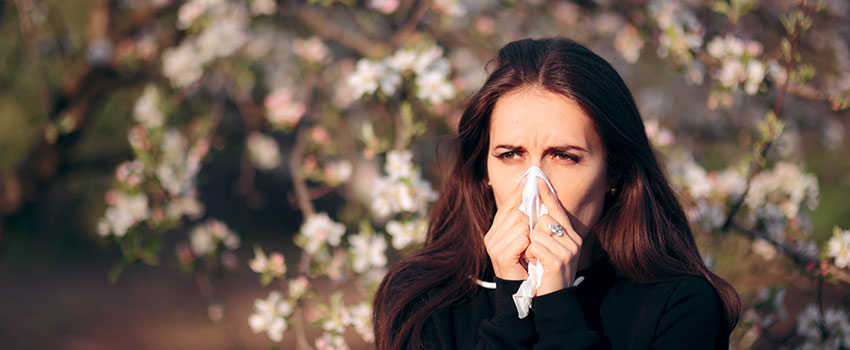Why Do I Have Fall Allergies?

Isn’t the fall just the best? Cooler weather, sweatshirts, pumpkin spice lattes and the beautiful colors are just a few of the great things that fall has to offer.
What people don’t like acknowledging, though, is the big negative thing that fall can bring about: allergies. If you struggle from sniffling and sneezing during the fall months and don’t know why, AFC Urgent Care Fountain City offers some helpful information below.
Do The Same Things Affect Me in Both the Spring and the Fall?
Probably not. While most irritating allergens come from tree pollens, grasses and flowers in the spring, experts say that the two biggest culprits of fall allergies are ragweed and mold.
Ragweed usually pollinates from around Aug. 15 through the month of October and has the ability to pollinate for hundreds of miles. Mold is also more prevalent in the fall months because of its ability to grow under the damp, dark piles of fallen leaves.
Other Common Fall Allergens
- Mildew
- Dust mites
- Pet dander
How Can I Lessen My Allergy Symptoms?
You might be tempted to take antihistamines and decongestants to fight your awful allergy symptoms. While those usually work fine, experts say that making small lifestyle changes is the best way to find long-term allergy relief.
A couple of great ways to beat your allergy symptoms are by keeping track of the pollen count before going outdoors and changing clothes/bathing more often. Lessening your time outside during high pollen counts will decrease your chances of allergy flare-ups. If you must go outside, change clothes or bathe immediately when you come indoors to get any lingering pollens or allergens off your person.
Other Lifestyle Changes That Can Help You Feel Better
- Wash your sheets and blankets weekly in hot water.
- Make sure your home windows are closed.
- Remove any curtains or carpets that have signs of mold.
Are your fall allergies getting you down? AFC Urgent Care Fountain City can help you feel better!
